Posen – Fort VII
Poznan is located in western Poland and during the war the name of the city was changed to Posen and was located in the occupied district of Warthegau. Between 1876 and 1880, 18 fortifications were built around the city and the Seventh fort was remote and isolated. For this reason, the Germans found it appropriate to set up a concentration camp in the fort which was named KZ Posen, but officially the camp was a prison. Thousands of Polish citizens such as priests, teachers, professors, journalists and others who were considered by the nazis to be educated and thus posed a threat to German supremacy. It was the largest prison in the area and it existed until April 1944, and somewhere between 17,000 – 44,000 people went through the prison. Most were sent to other prisons or camps, but about 4,500 were murdered. Most often by being taken to some nearby forest where they were shot and buried and buried on site.
In connection with the German invasion of Poland, the Nazis began to murder mentally and physically handicapped polish citizens. The euthanasia carried out in Poland and later rest of Eastern Europe was outside the official euthanasia of Germany led by the Führer Chancellery. In Eastern Europe, it was the SS who more arbitrarily murdered mentally and physically handicapped people. Therefore, at the initiative of the SS, a gas chamber was set up in a bunker in Fort VII to murder patients. As killing method they used carbon monoxide and patietns came, for instance, from the mental hospital in Owinska, about ten kilometres north of Poznan. The first killings were carried out in October 1939, making Posen Fort VII the first camp where the Nazis murdered people in a gas chamber. The bodies were then transported by truck and buried in mass graves outside Roznowice, about thirty kilometres north of Poznan.
SS chief, Heinrich Himmler, visited the fort in mid-December 1939 to witness the murder process himself. In early 1940s, the Nazis dismantled the gas chamber and the mentally ill patients were murdered elsewhere in mobile gas wagons. About 400 were murdered between October and December 1939. The names of those murdered in the gas chamber are unknown because all documents were destroyed by the Nazis. Between 1940 and 1944, the fort served primarily as a transit camp for prisoners to be sent to other camps. When the camp was closed in April 1944, the remaining prisoners were sent to Zabikowo, south of Poznan. It is difficult to establish how many were murdered in Fort VII (not only physically and mentally ill), but the number of victims is somewhere between 10,000 – 15,000 people. After the war, the Polish army took over the camp and used it for storage.
Current status: Preserved with museum (2008).
Address: Al. Polska, 60-595 Poznan.
Get there: Car.
Follow up in books: Friedlander, Henry: The Origins of Nazi Genocide – From euthanasia to the final solution (1995).
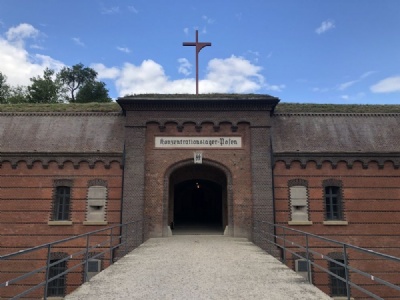
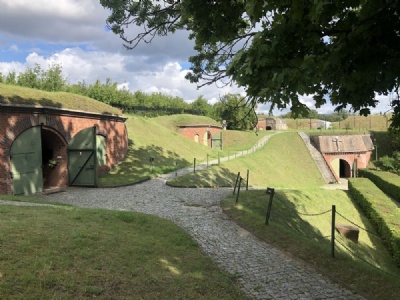
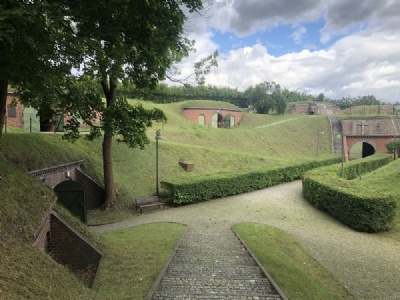
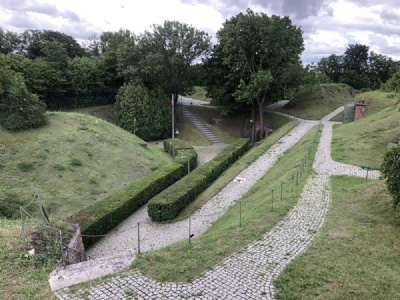
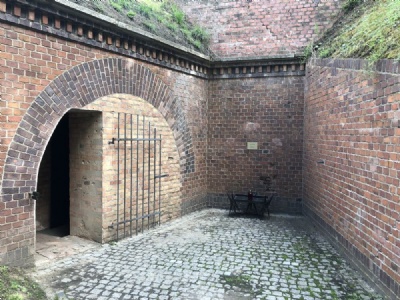
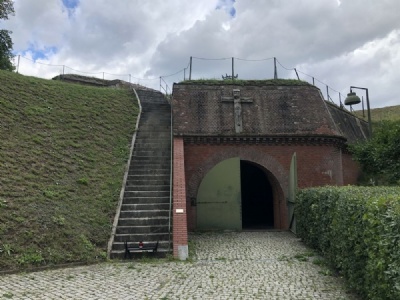

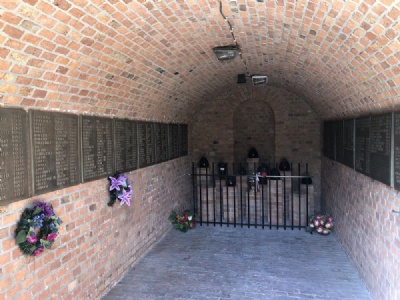
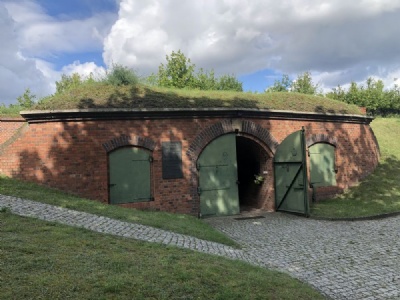
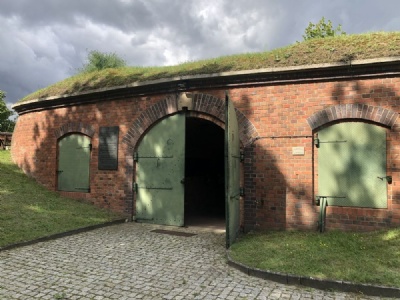
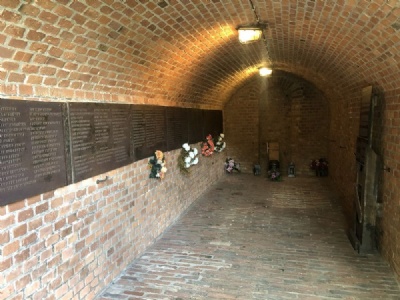

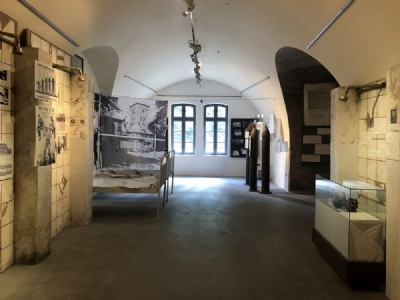
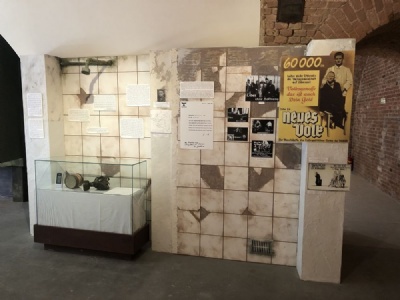
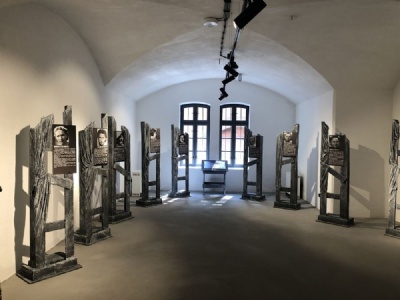
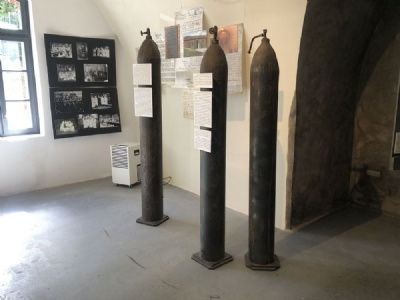
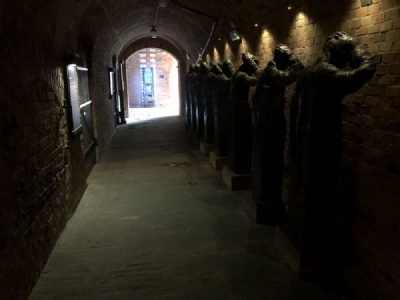
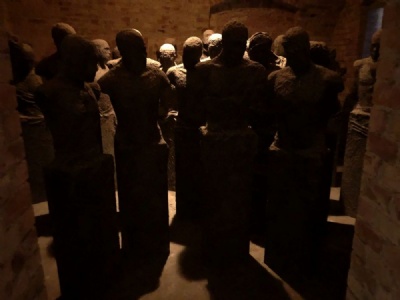
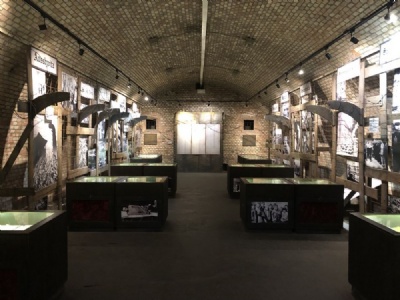
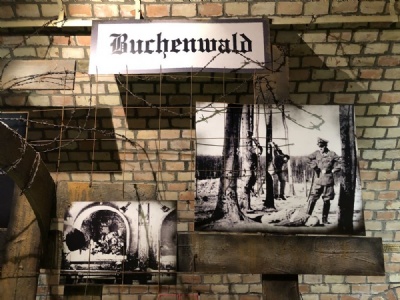
Although Fort VII was the first camp the Nazis murdered people in a room converted to a gas chamber, it is not one of the more famous and therefore is overshadowed by more famous camps as Auschwitz, Stutthof, Majdanek, Plaszow, Treblinka and others. The gas chamber is preserved and the exhibition about the murders of a disabled persons contains several interesting objects, including cylinders that contained carbon dioxide. Fort VII is generally an interesting museum that is also preserved, but as mentioned earlier, ends up for some reason in the shadow of the more famous.